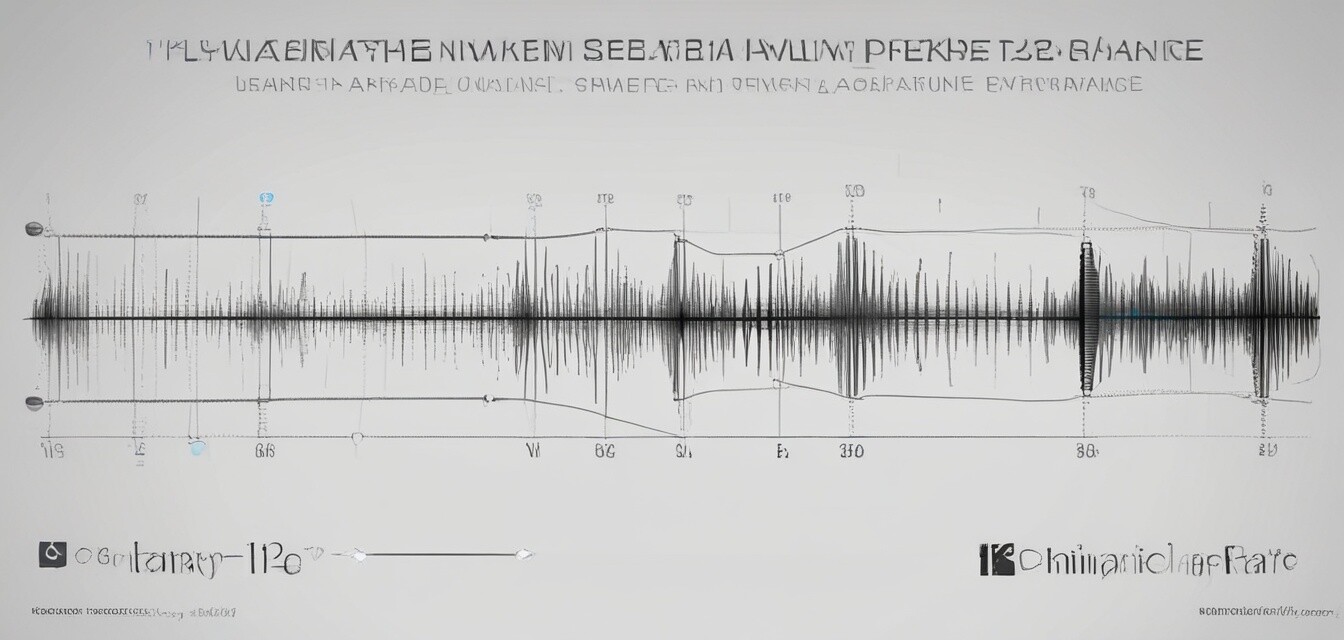
Understanding wattage and impedance in speakers
Key Takeaways
- Wattage relates to power output and how loud a speaker can get.
- Impedance affects compatibility with audio systems and overall sound quality.
- Proper matching of wattage and impedance is crucial for optimal speaker performance.
- Higher wattage doesn't always mean better sound; consider your listening environment.
- Identify your needs—whether you want a Bluetooth speaker or a home theater system.
Understanding the technical specifications of speakers, namely wattage and impedance, is vital for anyone looking to invest in quality audio equipment. This guide will dive deep into these two important factors, how they interact, and what they mean for your listening experience.
What is wattage?
Wattage, measured in watts (W), indicates the amount of power a speaker can handle. Think of it as the speaker's ability to convert electrical energy into sound. Here are some key points to consider:
- Wattage indicates the maximum power output of a speaker.
- Higher wattage typically translates to louder sound levels.
- However, too much wattage can damage the speaker if not matched correctly.
How wattage affects performance
Wattage directly impacts how bright and clear sound can be produced. For example, a speaker rated at 20W would produce audio of decent quality, while a 200W speaker is capable of much louder and clearer sound at higher volumes. This can significantly change your listening experience.
| Wattage Level | Typical Use Case |
|---|---|
| 5-20W | Small rooms, casual listening |
| 20-100W | Medium rooms, home theater setups |
| 100W and above | Large rooms or outdoor events |
What is impedance?
Impedance, measured in ohms (Ω), is the resistance that an audio signal faces flowing through the speaker. It can be a crucial factor determining how well your speaker performs with a particular audio system.
- Common impedance levels for speakers are 4, 6, and 8 ohms.
- Lower impedance allows more current flow, which can lead to a louder volume.
- Mismatch can result in distortion or damage to your audio equipment.
Matching wattage and impedance
Understanding how wattage and impedance work together is crucial for selecting the right speakers for your audio needs. Here’s how they align:
Pros
- Proper matching enhances sound quality.
- Prevents damage to speakers and amplifiers.
- Ensures efficient use of power.
Cons
- Mismatched speakers can lead to poor audio performance.
- More complex setup may be required.
- Can increase costs due to needing compatible equipment.
Practical tips for consumers
Beginners section
- Always check the wattage rating before purchasing.
- Match the impedance of your speakers with your amplifier.
- For small spaces, a lower wattage may suffice.
- Consider your audio needs before investing; explore subwoofers or soundbars as needed.
Frequently asked questions
Here are some common questions that consumers have regarding wattage and impedance:
1. What happens if I use a speaker with the wrong impedance?
Using a speaker with the wrong impedance can cause distortion in sound quality and potentially harm your audio equipment.
2. Does higher wattage mean better sound quality?
Not necessarily. While higher wattage can allow for louder sound, quality is influenced by many factors, including the speaker design and materials used.
3. Can I use a low wattage speaker with a high wattage amplifier?
Yes, but be cautious as it could bring distortion or damage your speaker if the amplifier is pushed beyond its limits.
Conclusion
Understanding wattage and impedance is key to enriching your audio experience. By assessing your distinct audio needs and matching your equipment effectively, you'll be well on your way to enjoying exceptional sound quality. For further reading, explore our Buying Guides to discover the best speakers tailored for your needs.